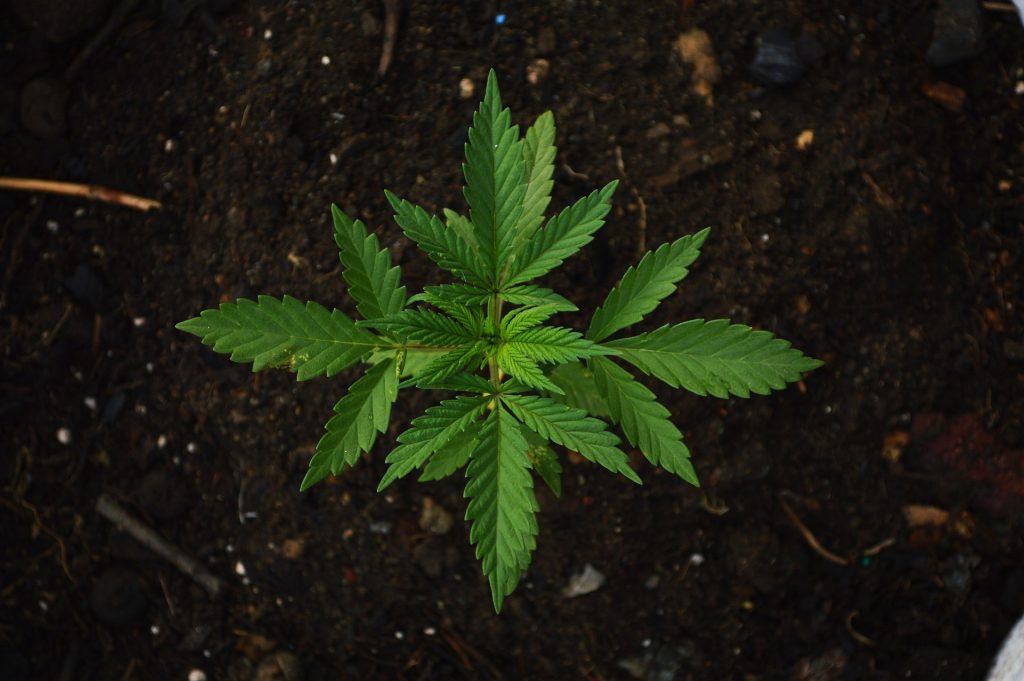According to standard evolutionary theory, the human inclination for substance use of Borneo kratom stems from a mismatch between a dynamic network that evolved in pure substances or direct pharmaceutical delivery and their essence in the contemporary atmosphere. The auditor’s primary purpose is to show that, contrary to popular belief, humans have a 1,000,000-year-old coevolutionary relationship with psychotropic plant compounds.

This ‘profound time’ relationship, we argue, can be seen in mammalian chemical-ecological adaptations that allow them to metabolize psychotropic plant substances, as well as the structure of plant protective chemical mixtures that have evolved to mimic the capacity and construction of mammalian neurotransmitters.
A THEORY OF HUMANS’ AND KRATOM’S RELATIONSHIPS
Coevolution is the process through which at least two species coevolve in light of each other. It is bound to arise in animals that interact and share a habitat. And, because we’ll address kratom specifically, we’ll consider coevolution generally from the perspective of plant species.
The connection between blossoming plants and pollinators is a notable example of coevolution in plants. More precisely, honey bees and flowering plants coevolved for an extended period. Honey bees acquire food or nectar, whereas plant species benefit from dust appropriation and the capacity to continue in one location.
Notwithstanding, coevolutionary partnerships are not always advantageous to the two players. Coevolutionary processes incorporate the accompanying:
- The predator-prey relationship.
- The parasite-have relationship.
- Cutthroat relationships.
- Mutualistic relationships.
- Honey bees pollinating a bloom
Honey bees and pollinators are classified as “mutualistic species,” meaning that the two sides benefit from the coevolutionary association. Unfortunately, minimal study on coevolution in plants or animals exists. Be that as it may, researchers proposed possible coevolutionary connections between humans and plants (which we’ll examine further in a little).
Researchers must first comprehend how natural selection affects interacting species, including pressures and geographical ranges, to determine whether kratom and humans coevolved. Allow us to assess our environmental jargon quickly!
Is Human Activity Influencing Kratom Plant Coevolution?
Consider briefly the human-kratom association: When people ingest alkaloids generated by kratom leaves, they give advantages to humans; thus, humans plant new kratom trees, which benefits the kratom plant species.
Humans have developed to benefit in a few manners from kratom’s alkaloids. People have desired to buy green kratom for its emotional and mental health benefits; therefore, the plant has grown to generate alkaloids to pique people’s interest.
Planting rates of human kratom operate as a choice tension, influencing how kratom adapts and works to survive. For instance, according to a review distributed last year, Fritillaria delavayi plants in China helped their camouflage levels in areas gathered all the more seriously.
Regarding kratom, then again, the coevolutionary process is heading the other way. Kratom plants appear to develop to accommodate rather than go against human interest.
Additionally, assume that new nations create kratom in light of the spice’s expanding popularity. In this situation, the plant species will want to expand its geographic range past the bounds of Southeast Asia, Increasing its chances of survival by a large margin. Plant dispersal is a typical human practice that entails relocating an animal group to another recognized climate.

Kratom and Society
Surprisingly, the further we get away from nature as a civilization, the closer a few of us become to it. Fortunately, humans have tamed many plants, which means that even after years of environmental destruction, we can still benefit from some of nature’s bounty. However, these plants have a parallel history regarding their enormous significance and how culture and society see them. While marijuana has a long history of dynamic features and coevolution with people – the THC receptors in the brain are unusually specialized in their fit with cannabis alone – kratom has appeared to be less tuned toward individual support in the past.
Kratom and Cannabis Prices
Many Americans believe that marijuana helps them grow in some way. Various families and people have suffered as a result of cannabis prohibition. Parents have been taken from their children for having a single joint, and critically ill patients lost access to a potentially life-saving asset.
Fundamentally, it appears that the stigma encompassing cannabis is more than a war on drugs – it is a war on its clients. As general assessment has moved in favor of cannabis, we witness many VIPs, politicians, and powerhouses advocating for its legalization, trying to free those wrongly detained for their affiliation.
Kratom has had a considerably smoother ride than cannabis, with significantly more positive media coverage. While some groups attempt to demonize kratom, cannabis has prompted many to look at the two plants’ potential benefits.
Selection through Natural Means
We all learned natural selection in our schools. It is a process by which plants adapt to and change because of their current circumstance. Natural selection is the main impetus behind all development (and coevolution). Then again, natural selection is just a single part of advancement.
As stated above in the listicle, the coevolution of plants, for example, kratom and humans, is hypothetical. There is little review on the coevolutionary processes between humans and plants and significantly less research on kratom in general. Nonetheless, as part of our ongoing research into the intriguing kratom tree and its alkaloids, we must provide such conversation starters. As a final example of human-plant coevolution, consider cannabis. During the 1960s, cannabis cultivars only contained over 5% THC from time to time. To be sure, cannabis had an average THC concentration of around 0.5 %. In any case, present-day cannabis strains often reach 30% THC, which may be a coevolutionary feature acquired because of more significant human usage.
Bottom Line
The same may be valid with kratom. Assuming the THC level of cannabis increased by 29.5 % in about 60 years, which is to say the same cannot happen with kratom’s alkaloids? Further guide to kratom strains and cannabis is necessary to understand this event. Notwithstanding, coevolution between plants and humans is critical. Understanding how natural selection-along with other variables, for example, geographic ranges-impacts our flora and untamed life, enables us to foster a more profound appreciation for the natural world, avert climatic disasters, and lift the intensity of our natural kratom!
Read More : Top 10 Popular Sports Illustrated Models!


















